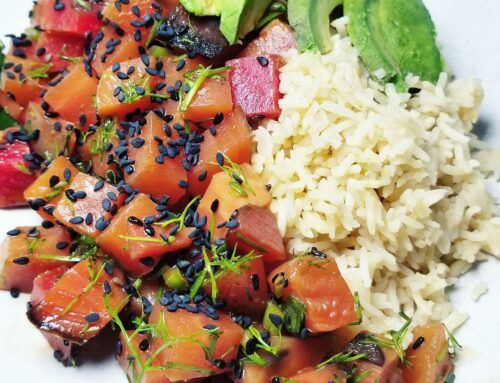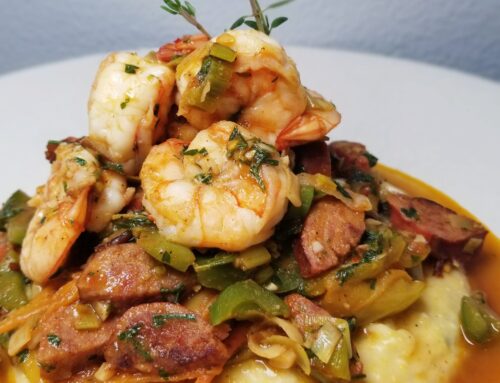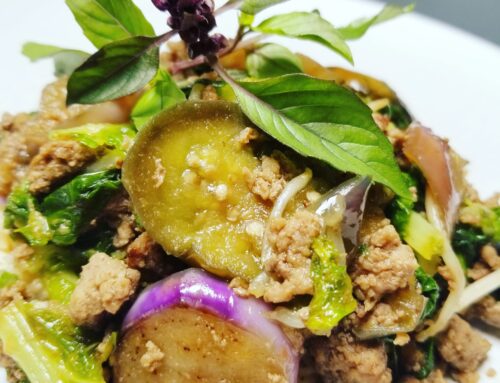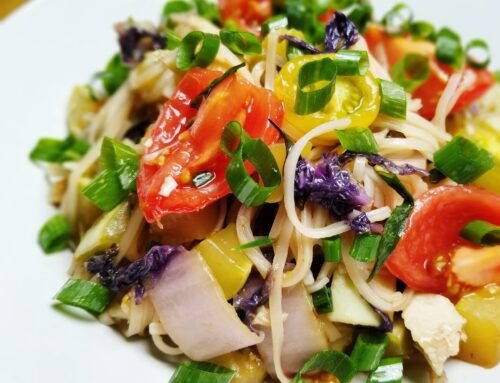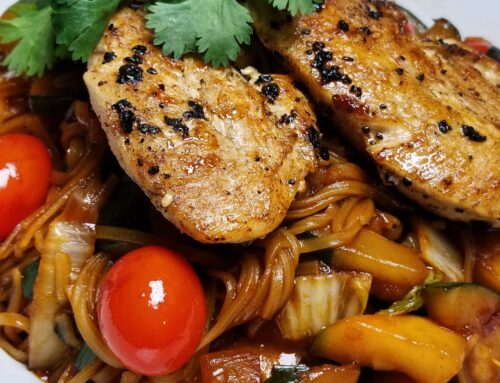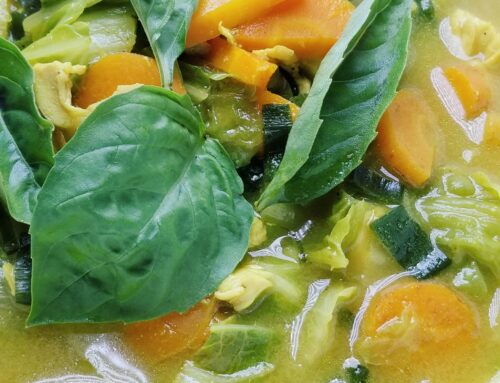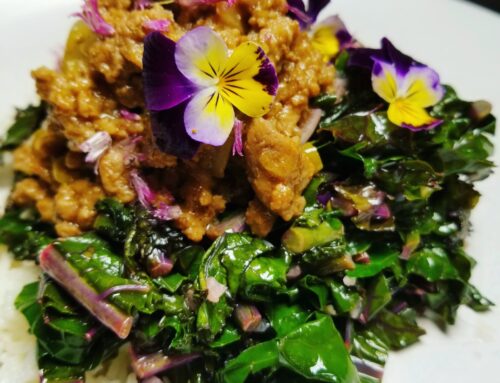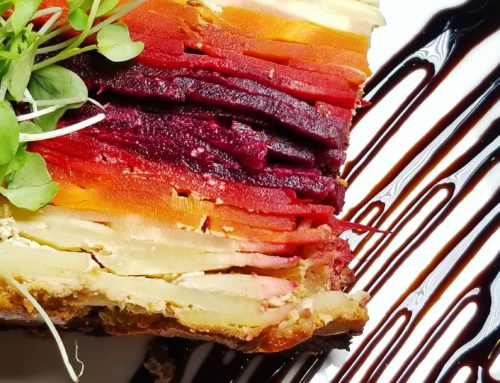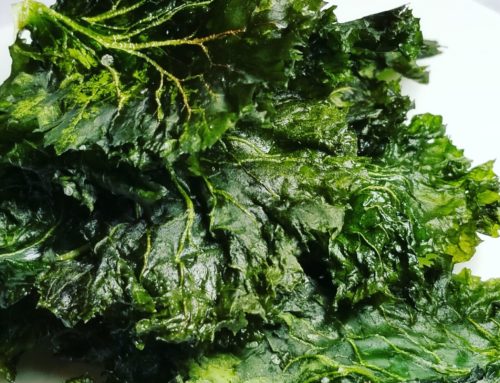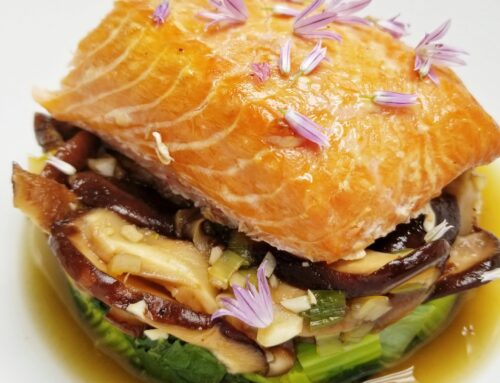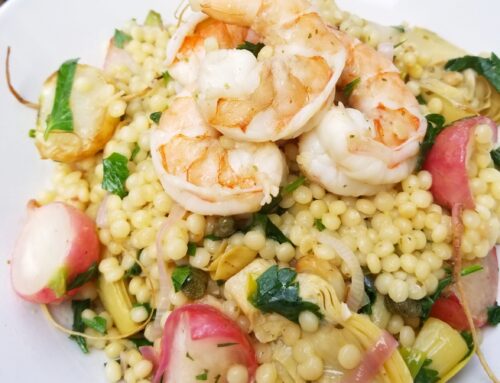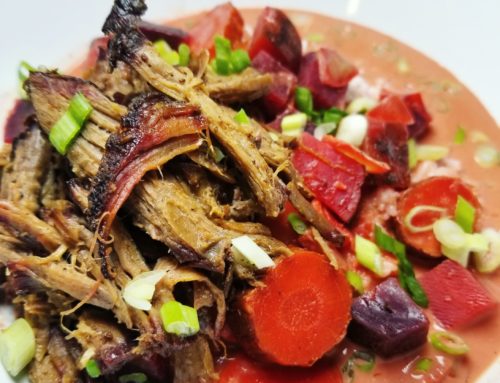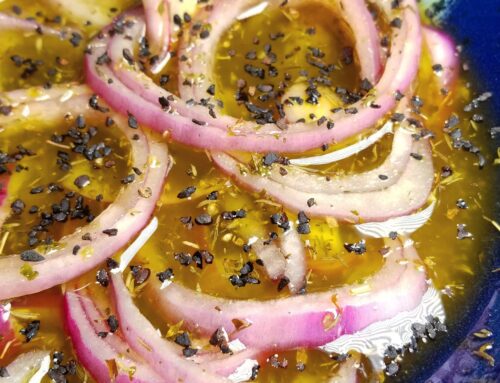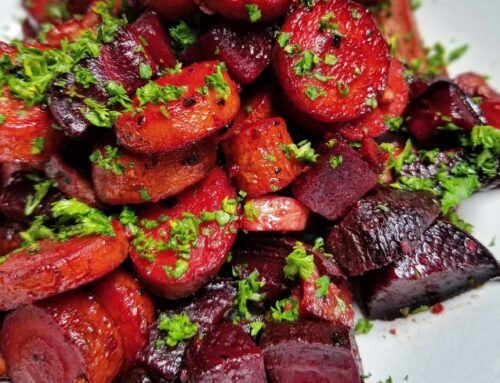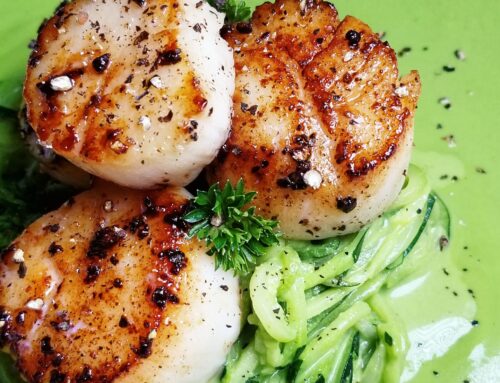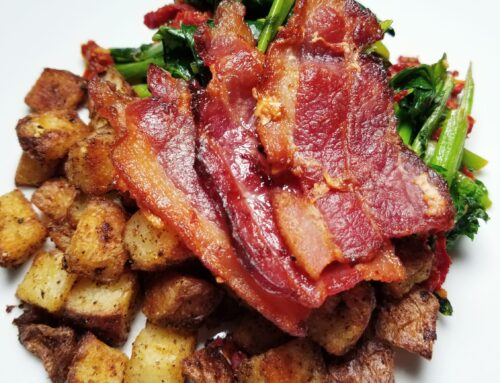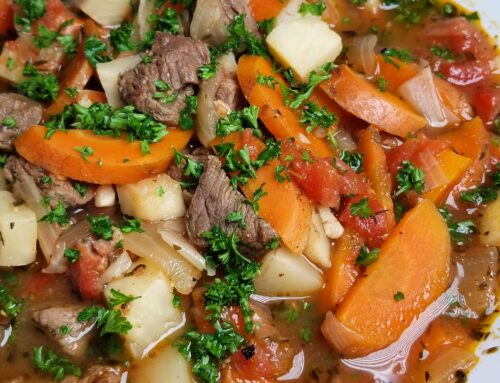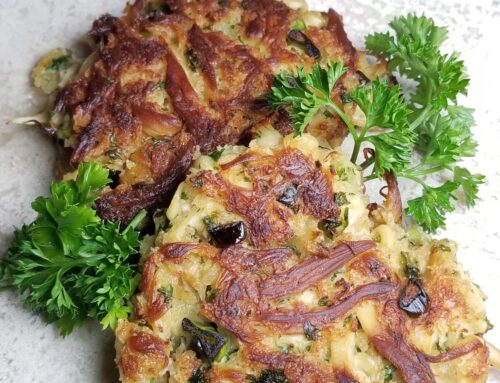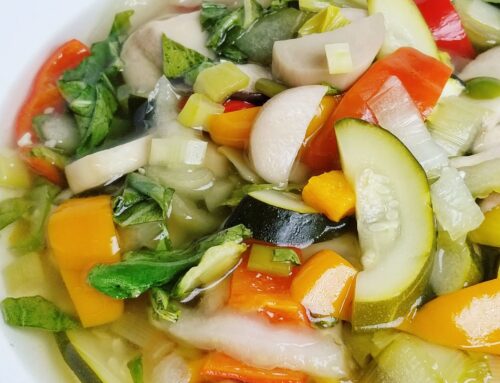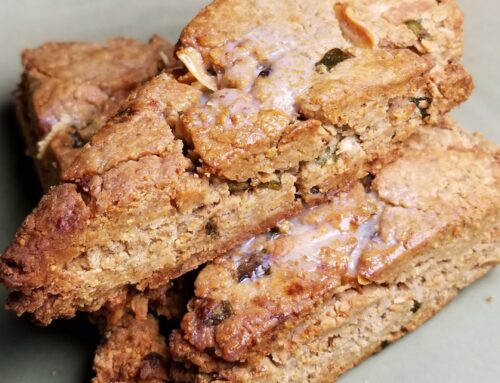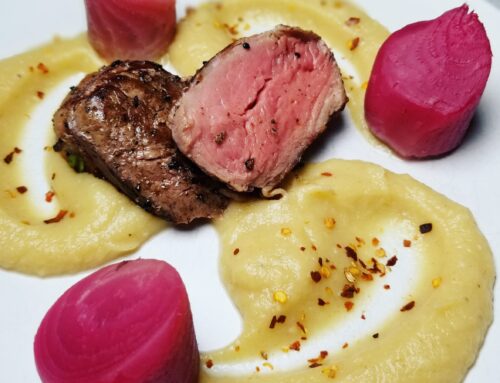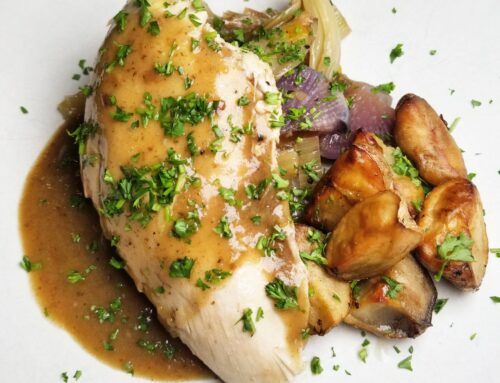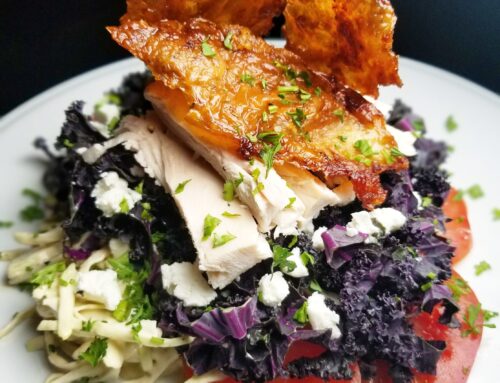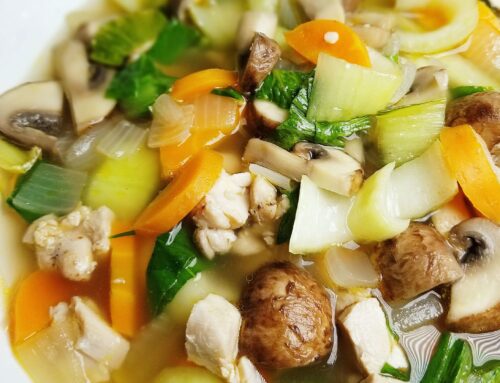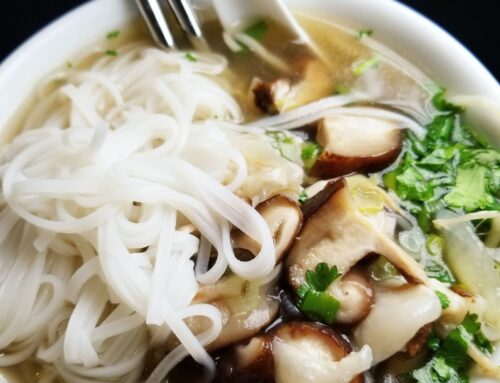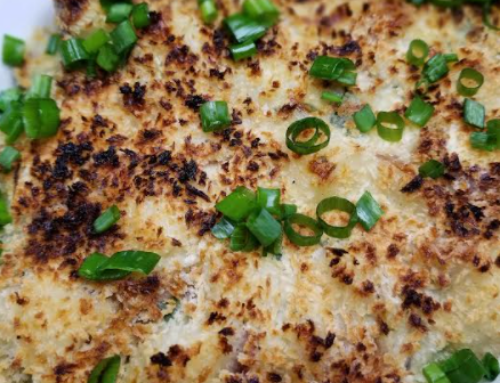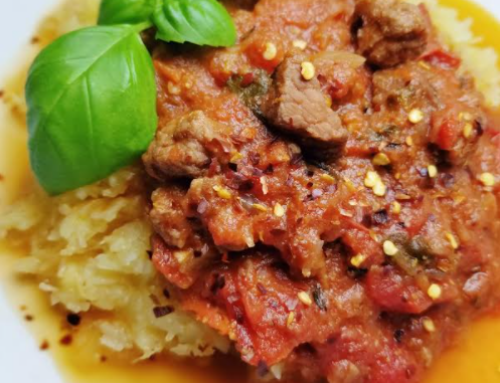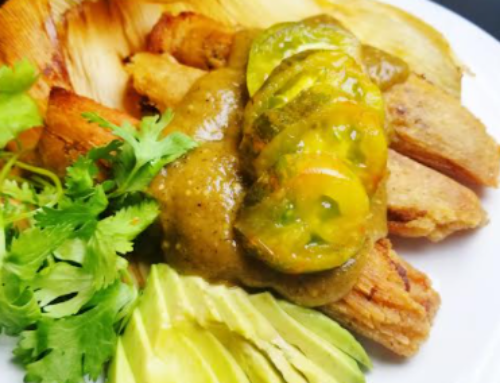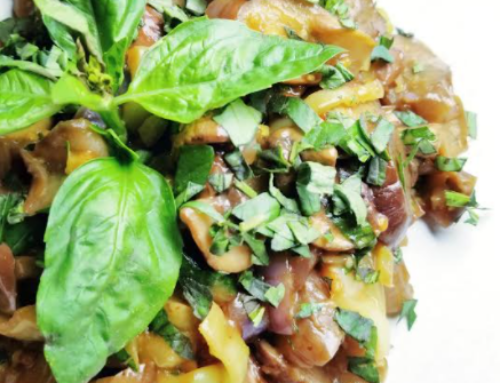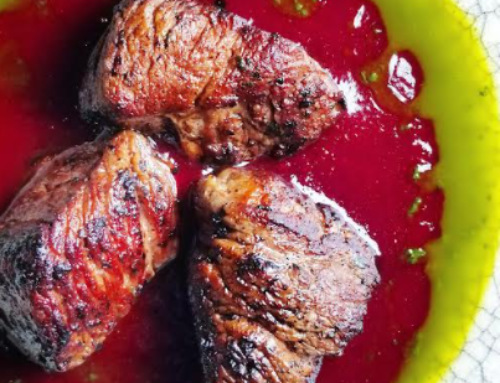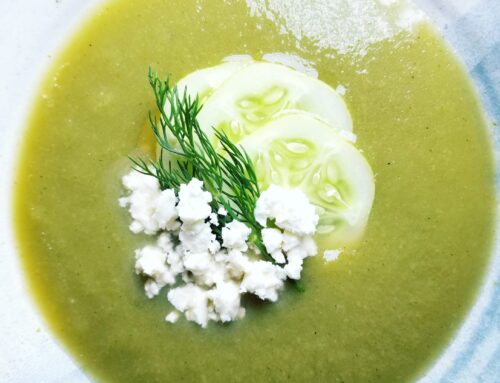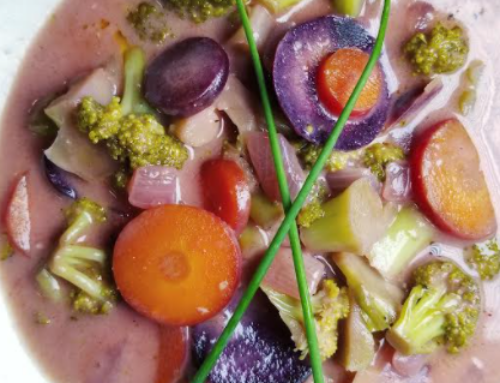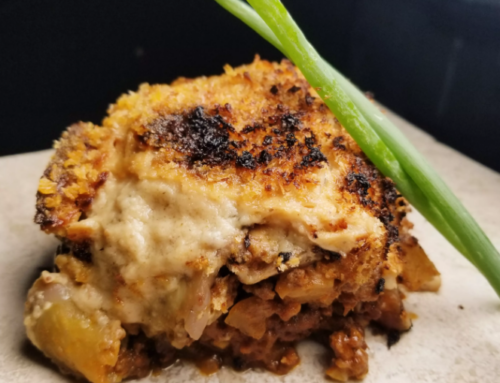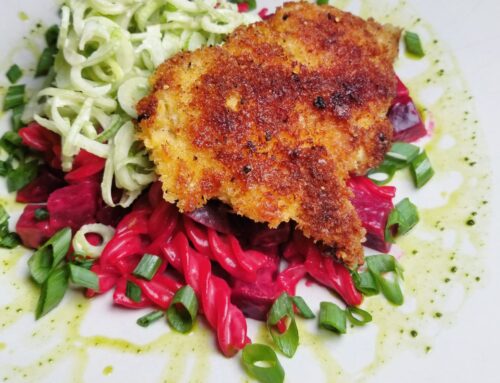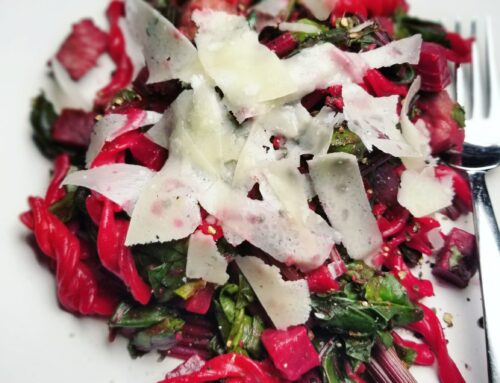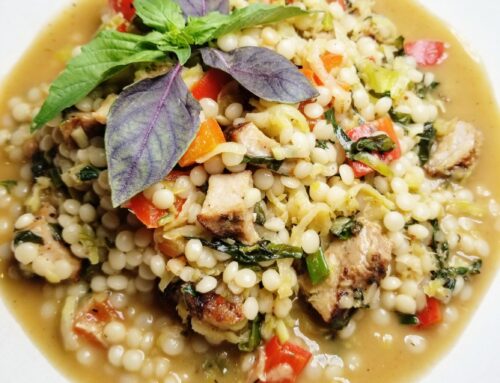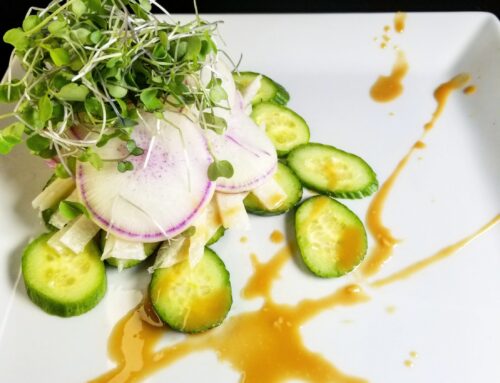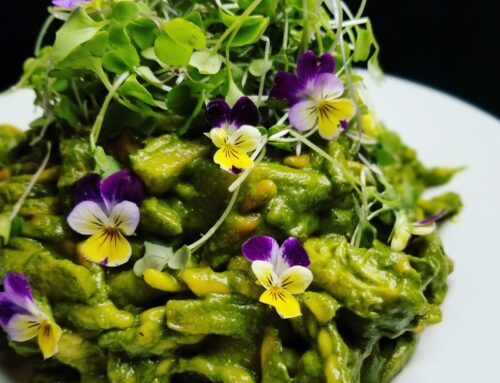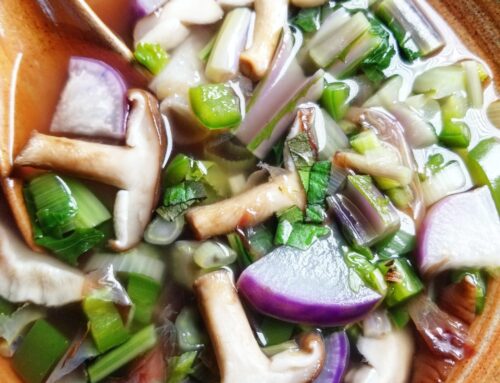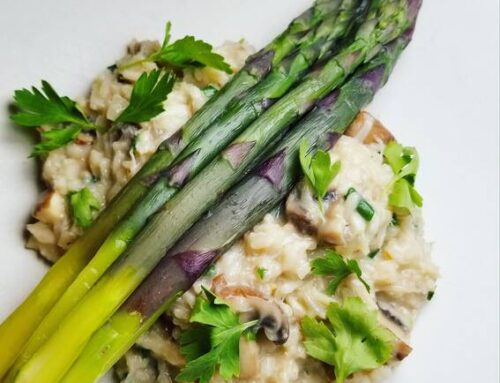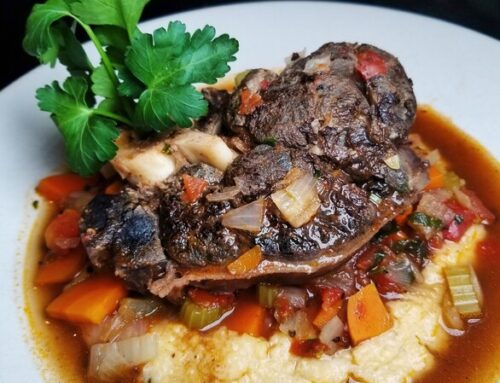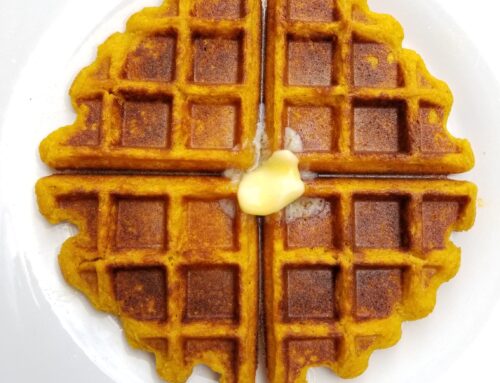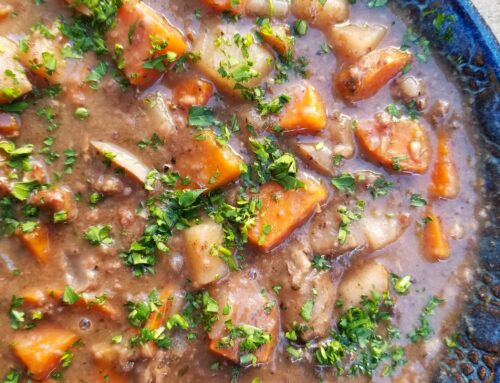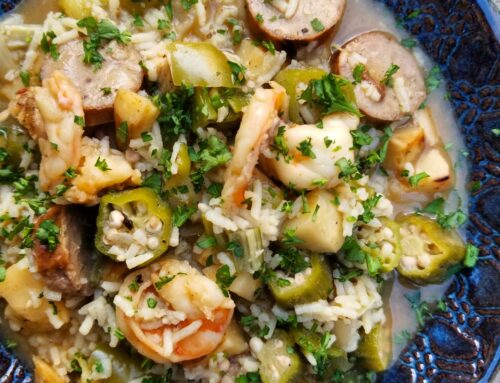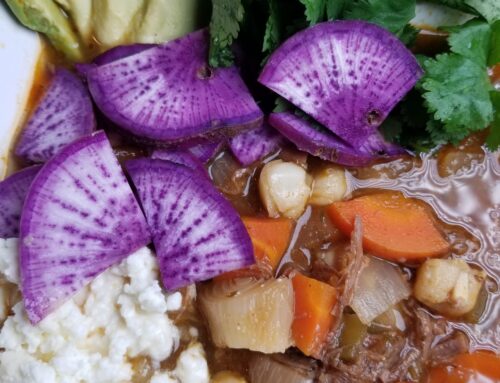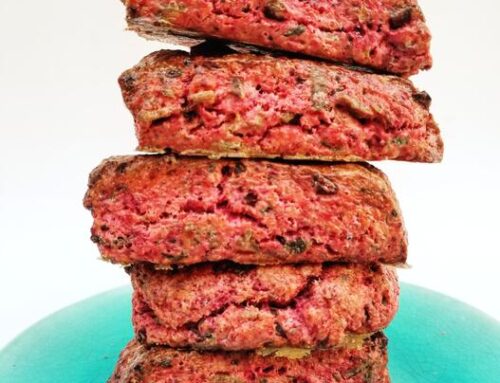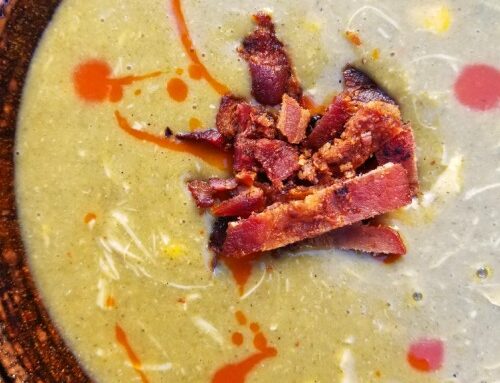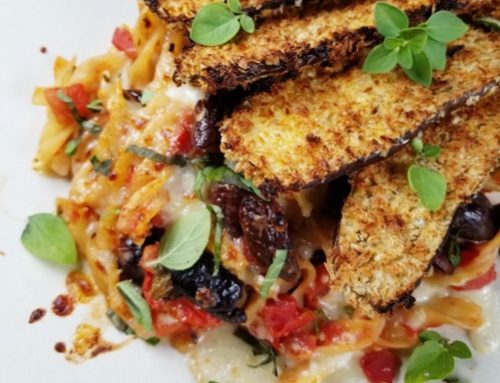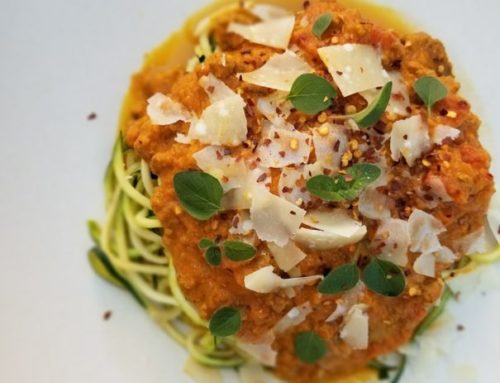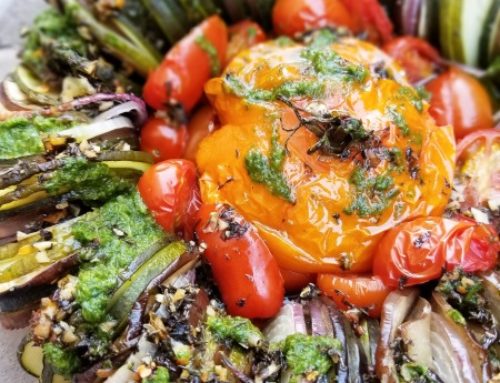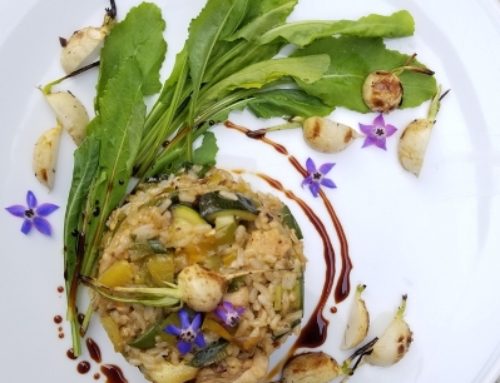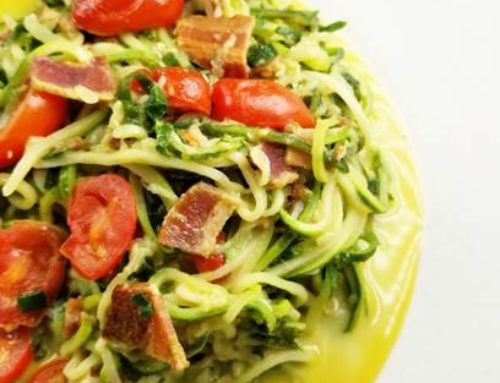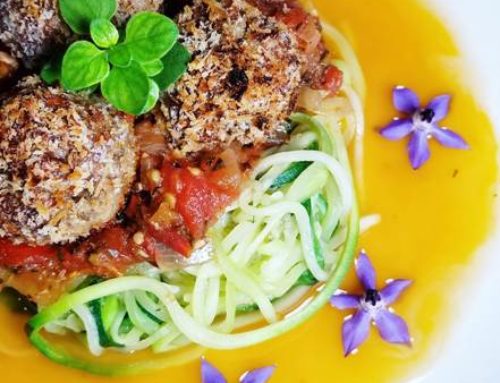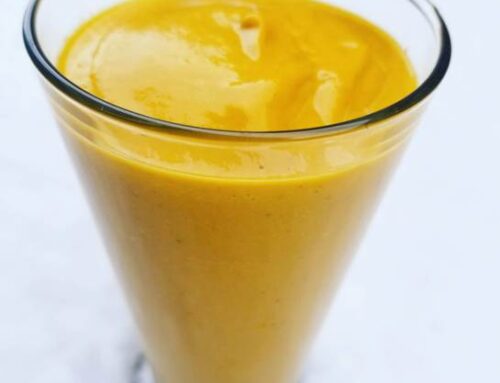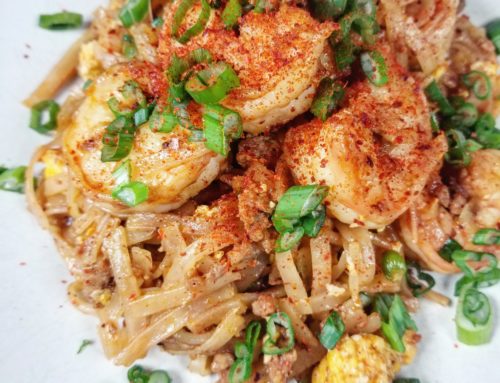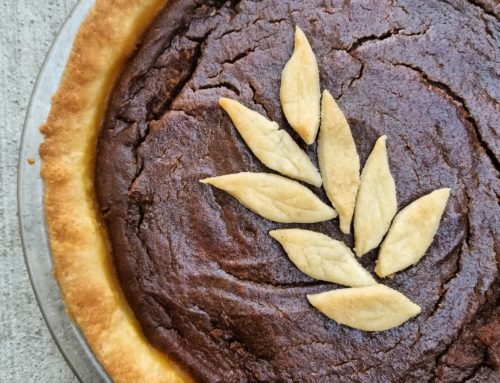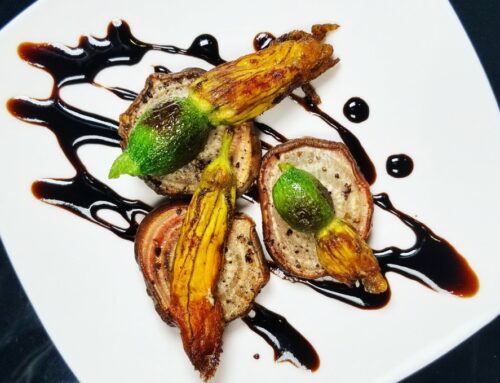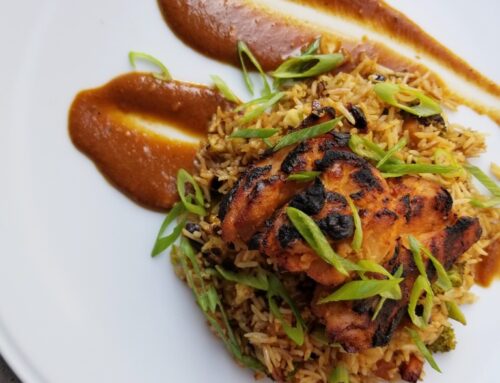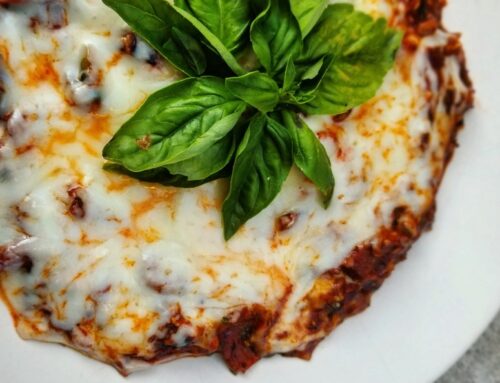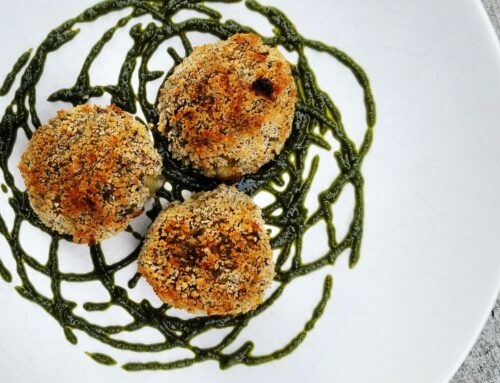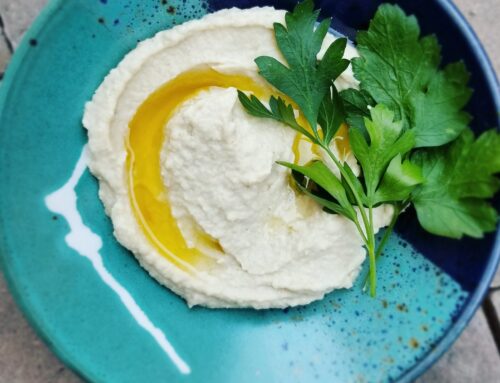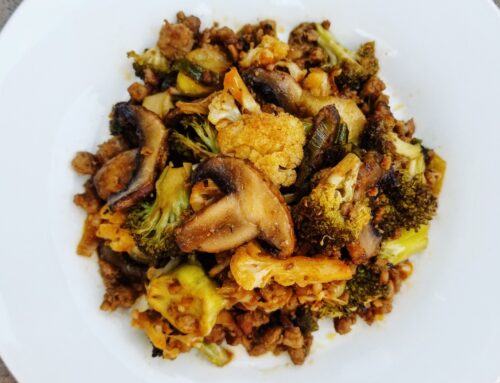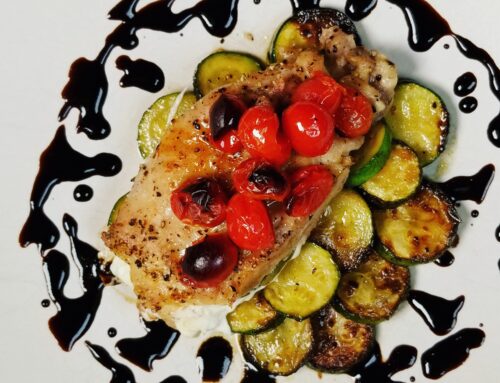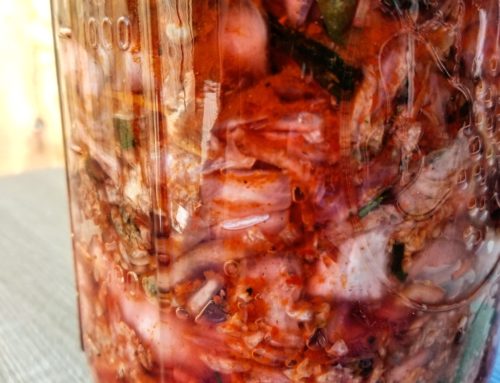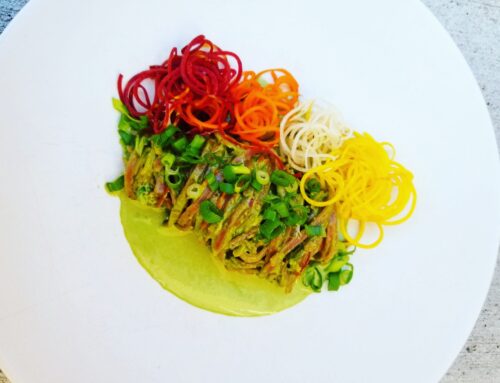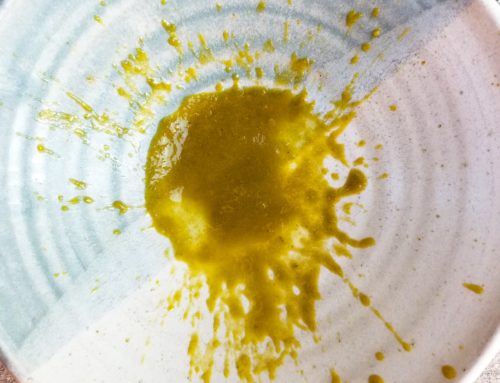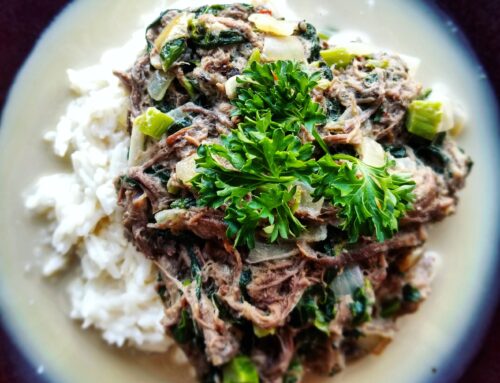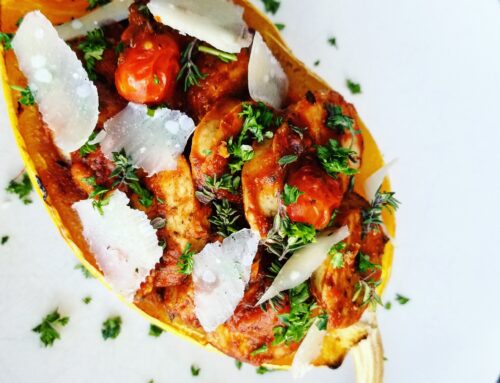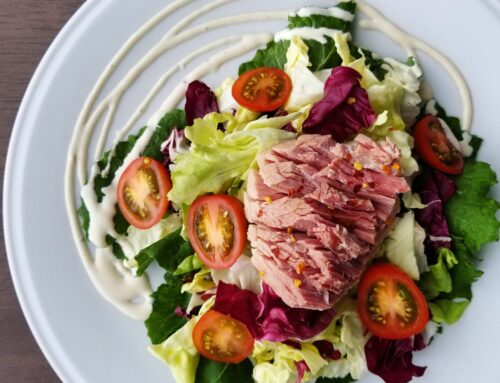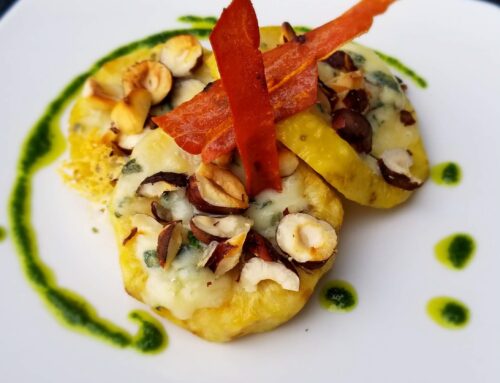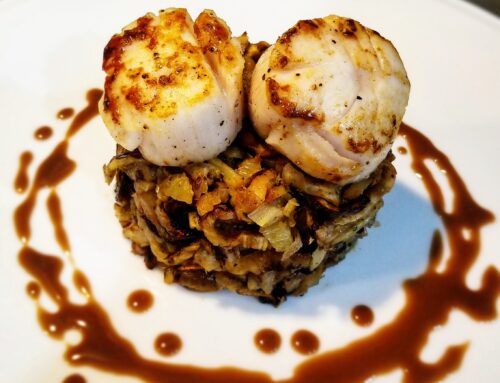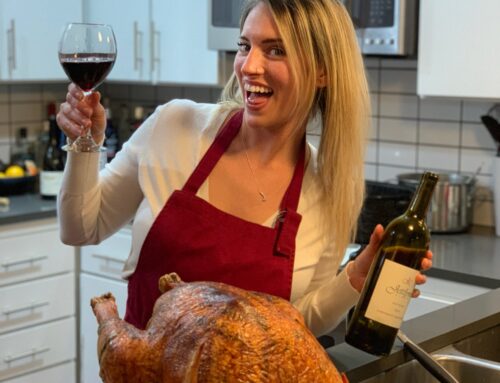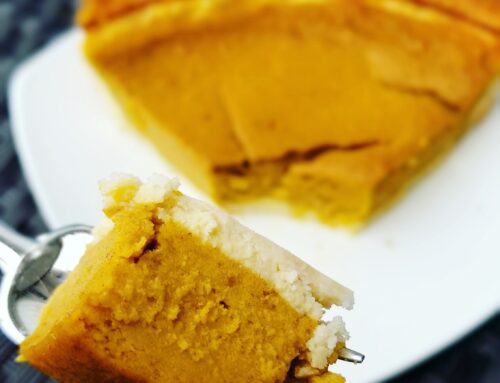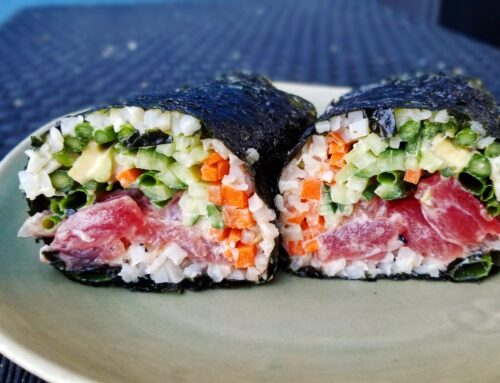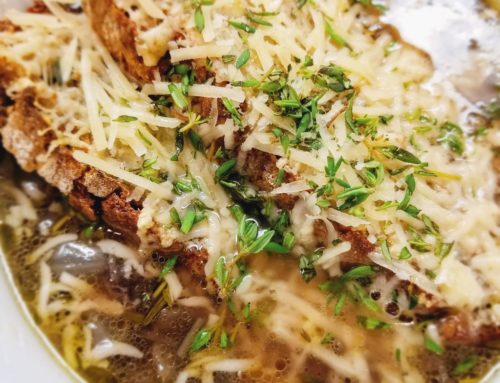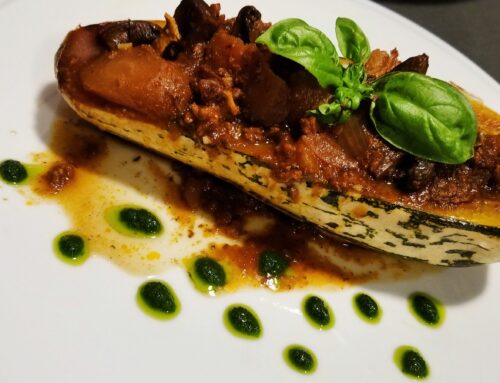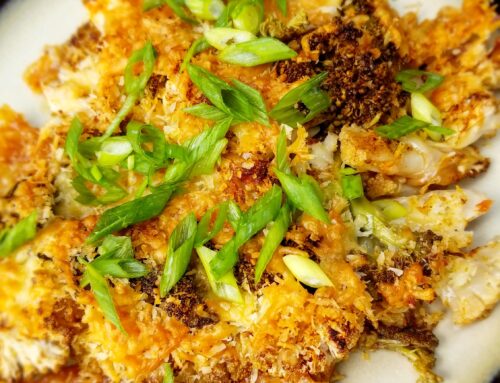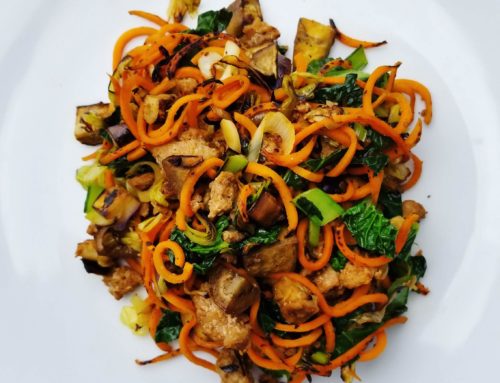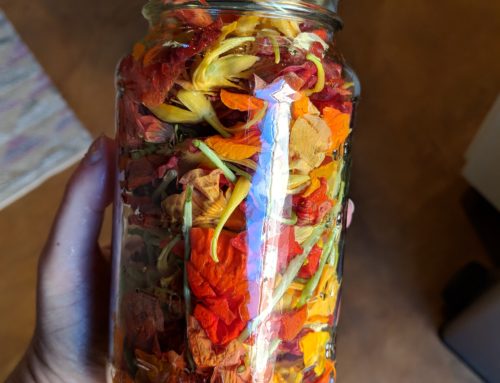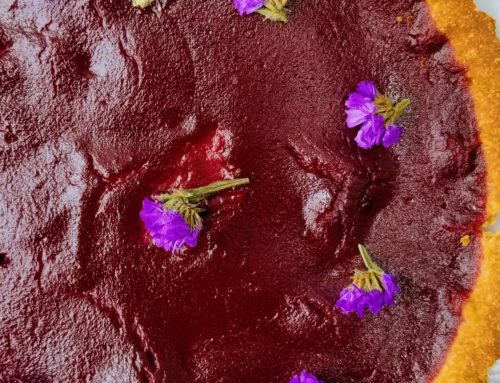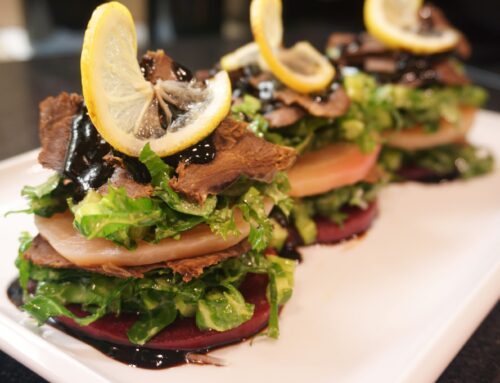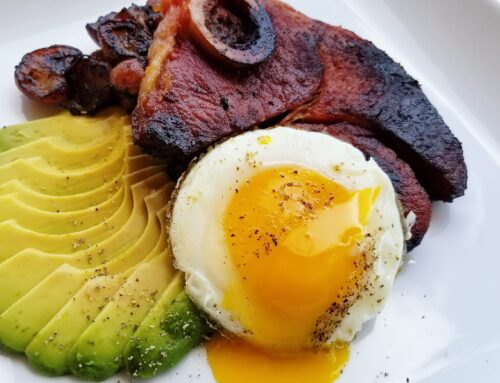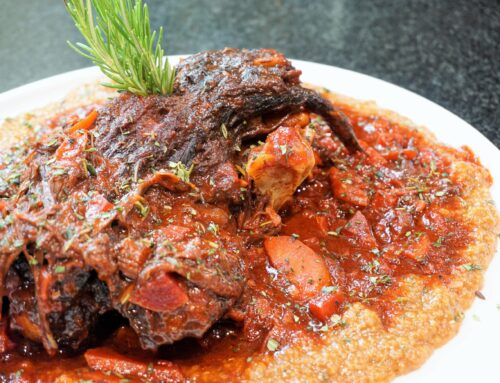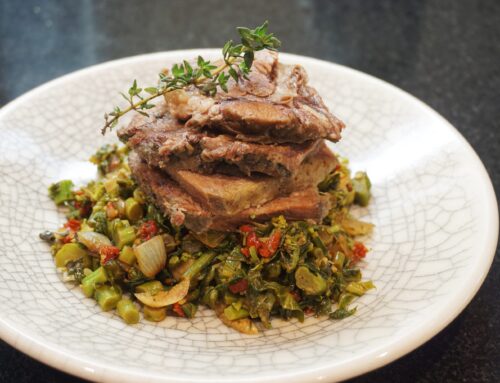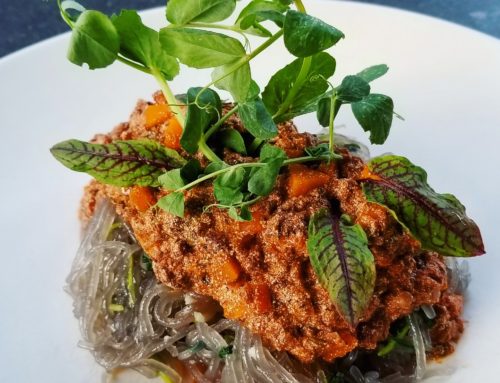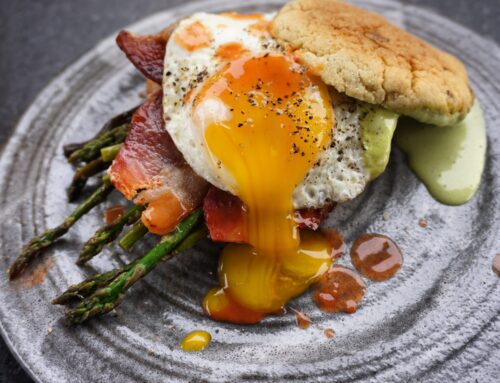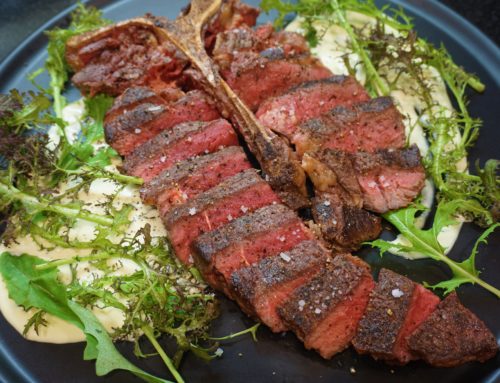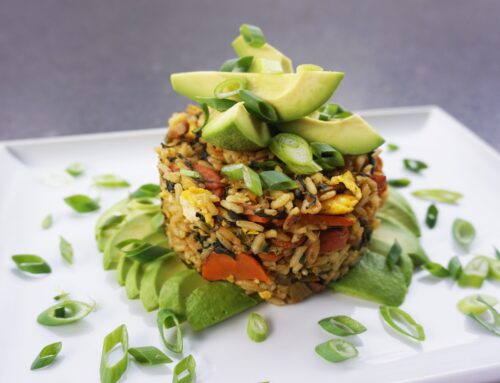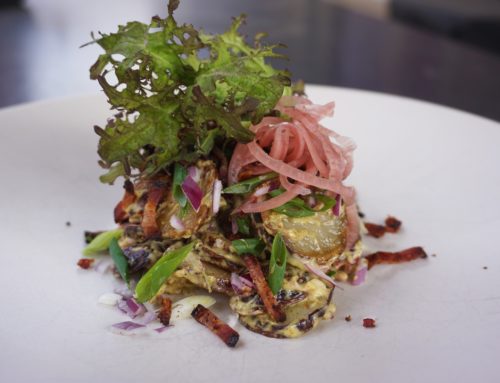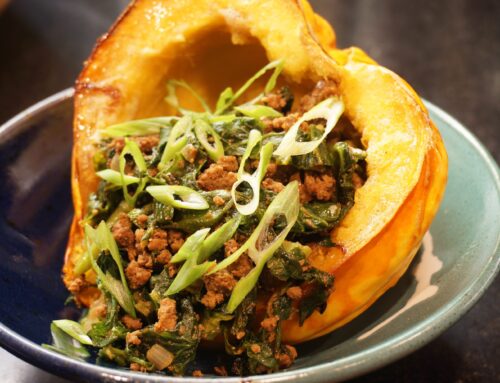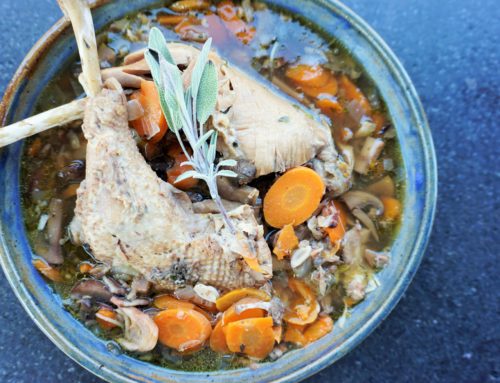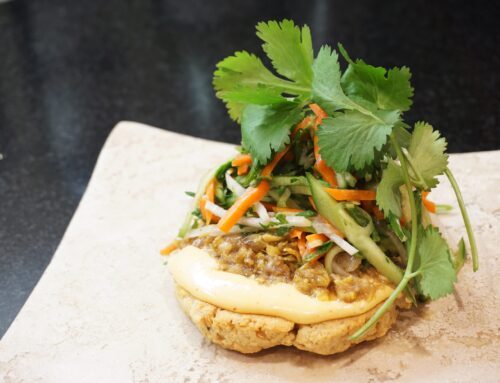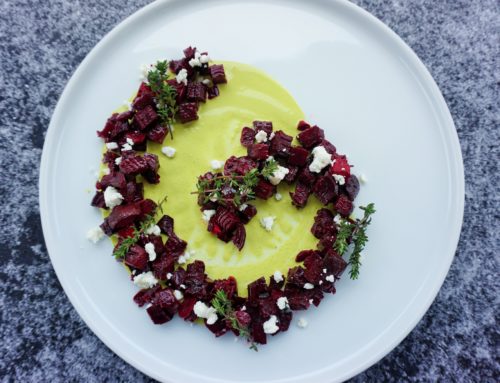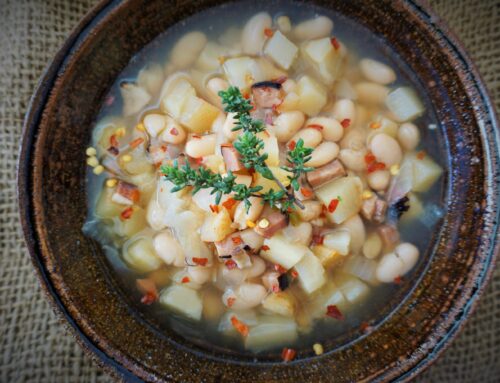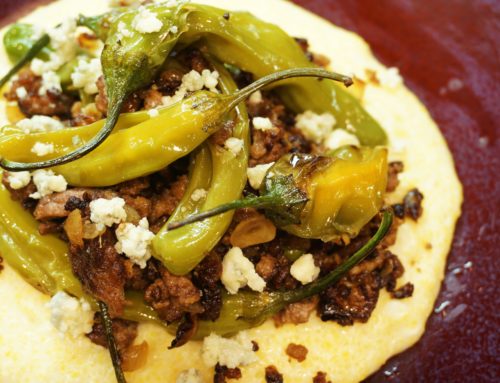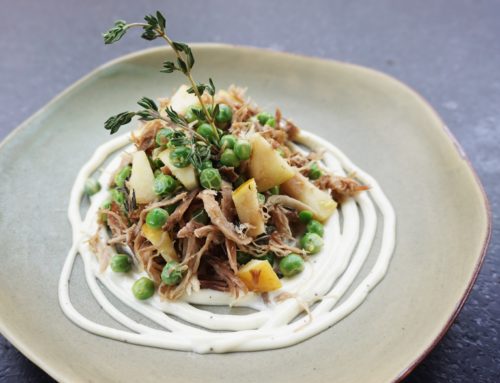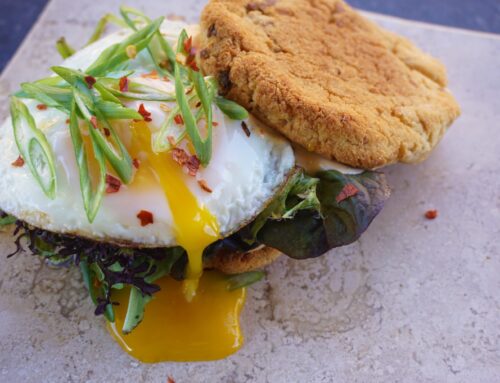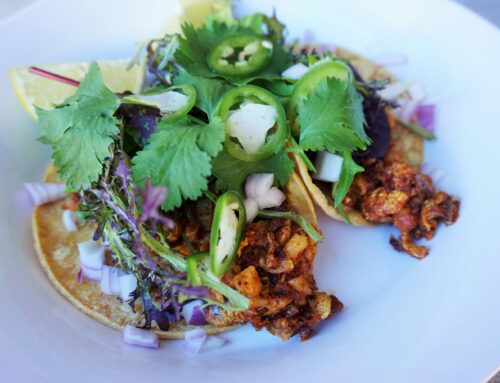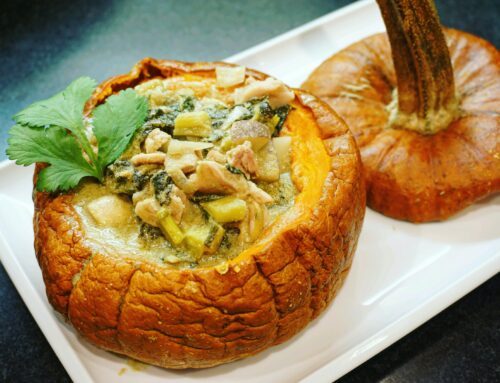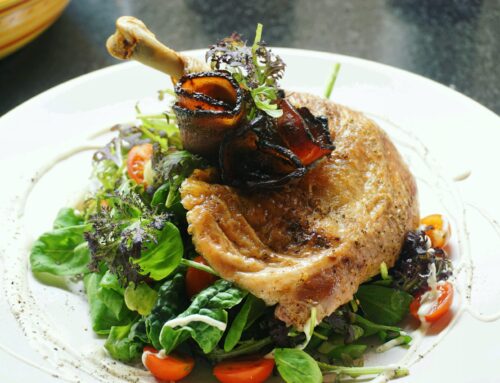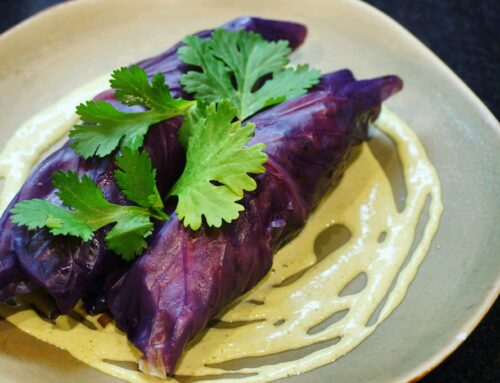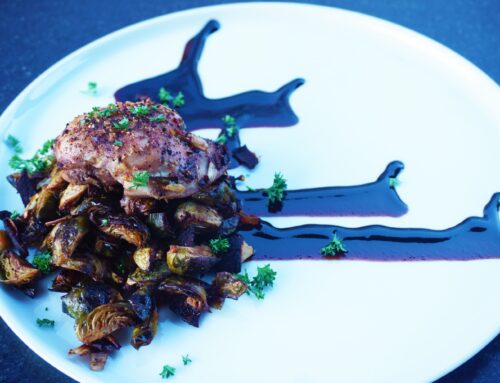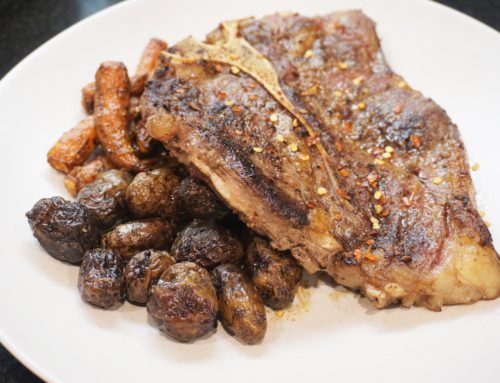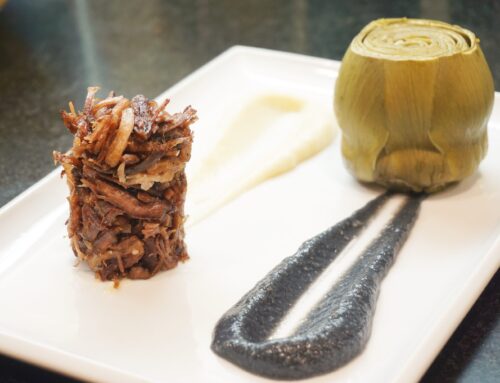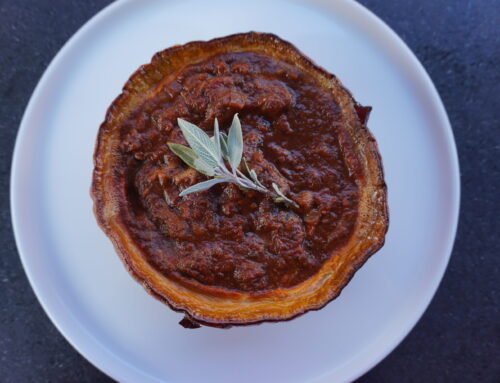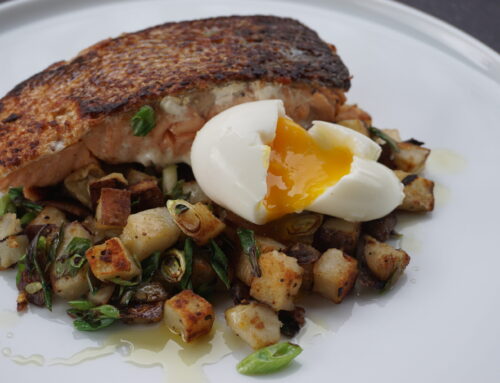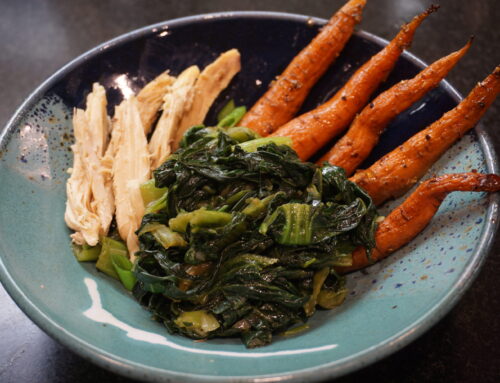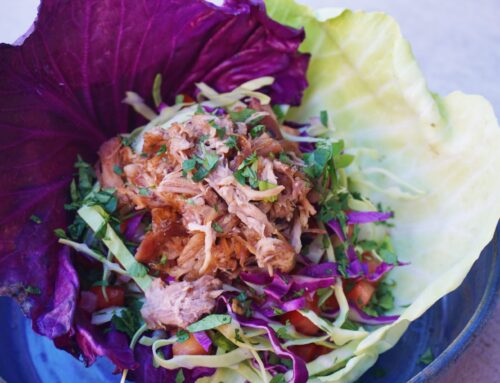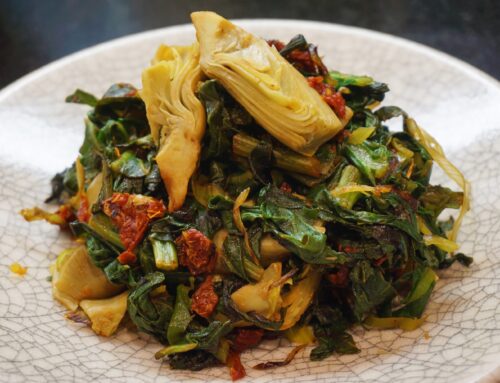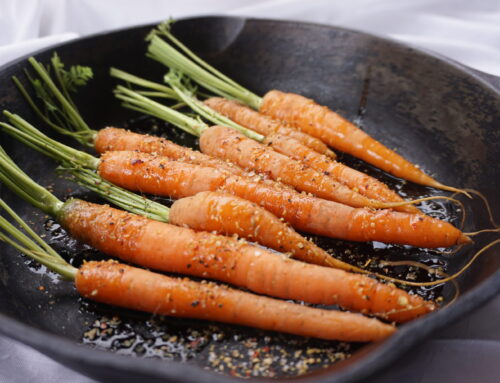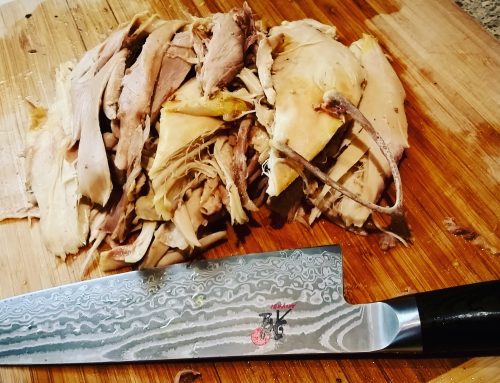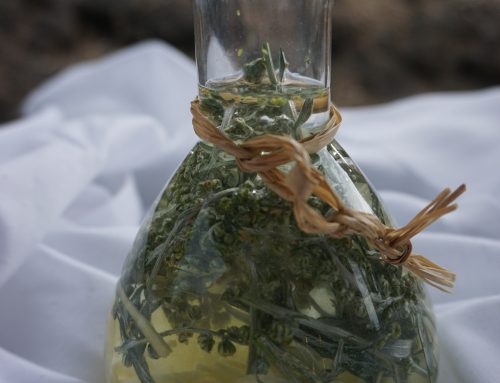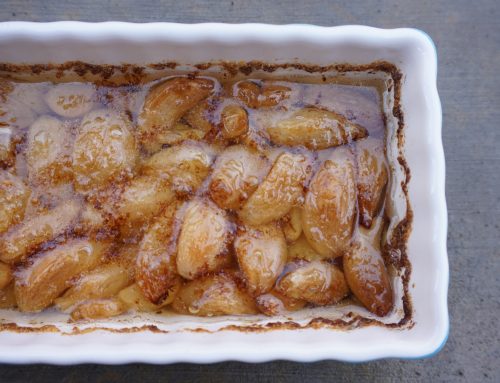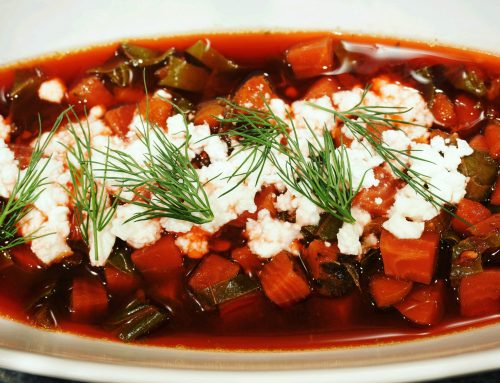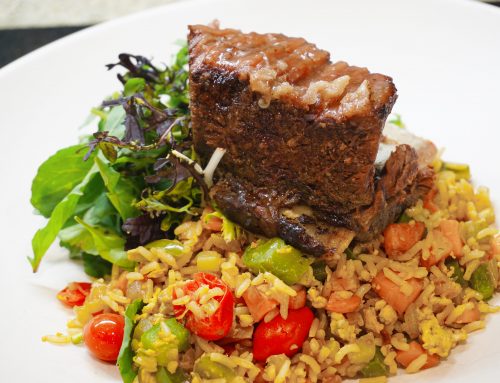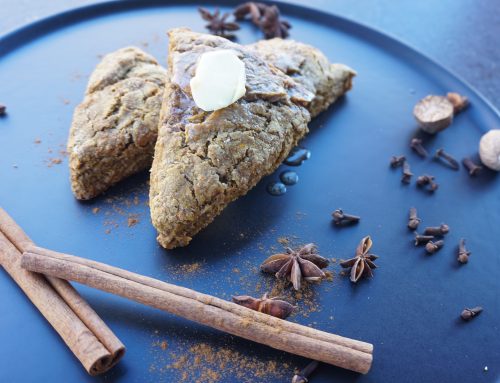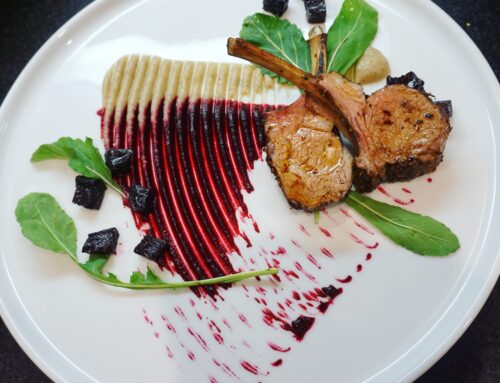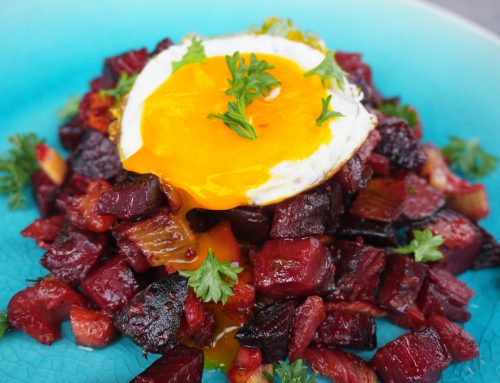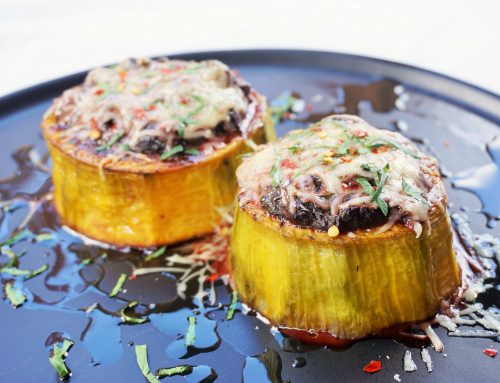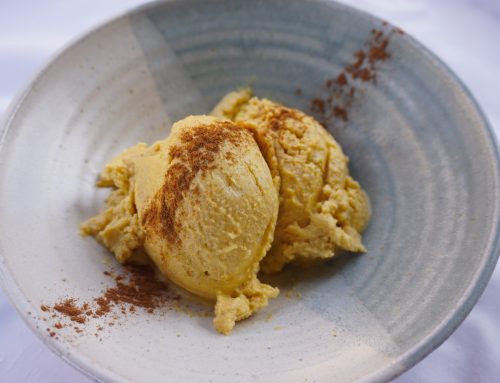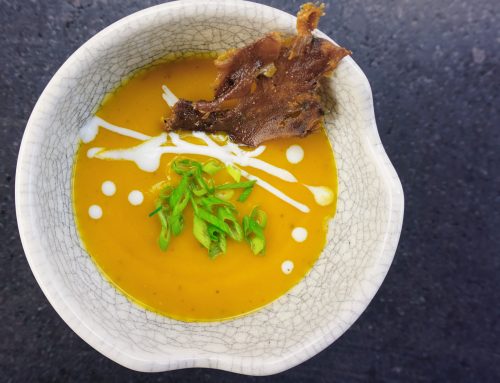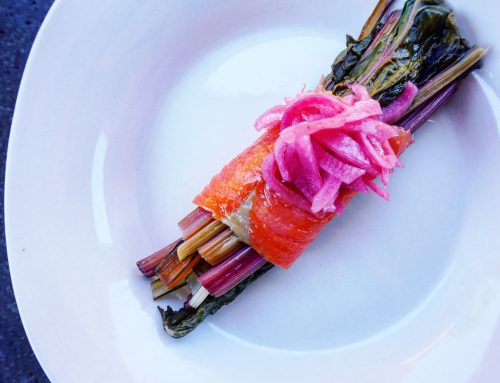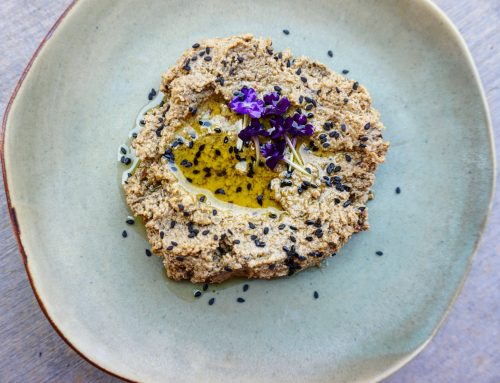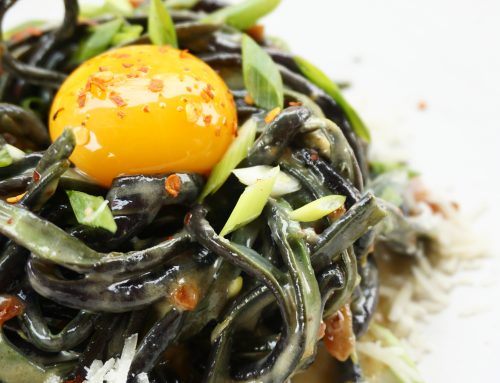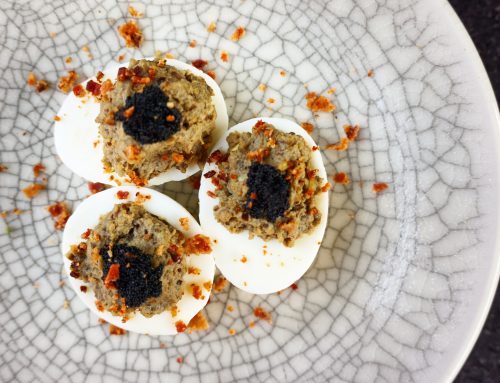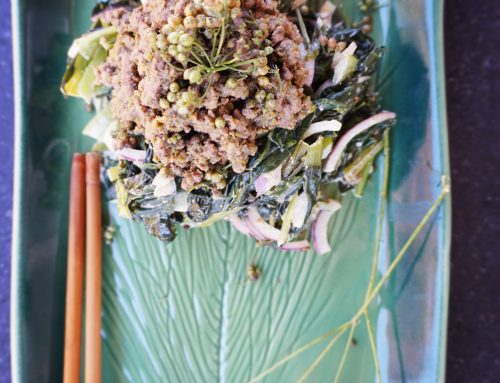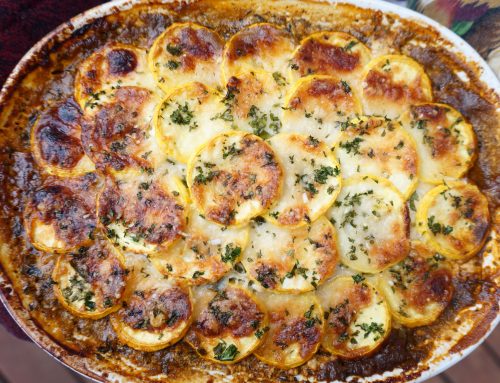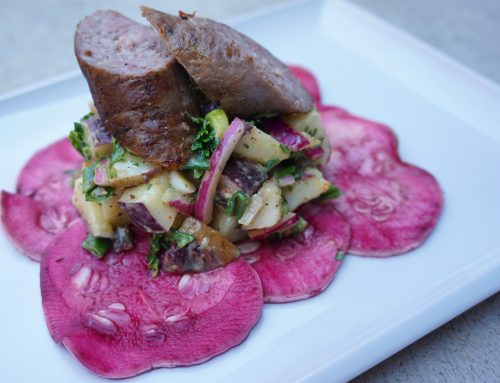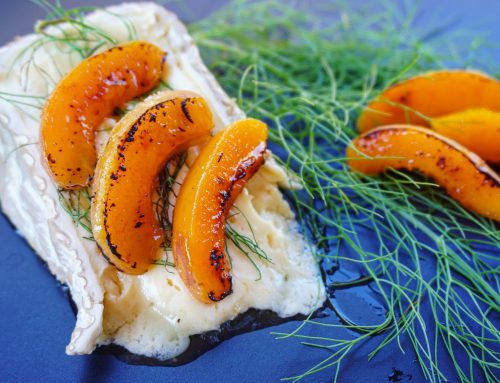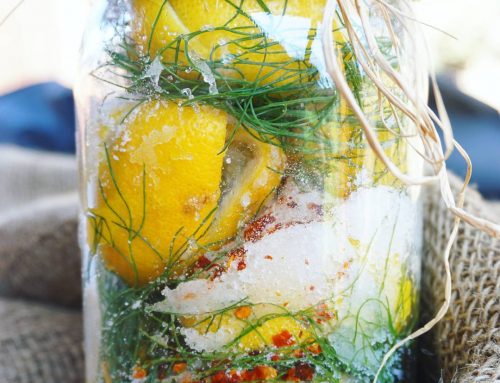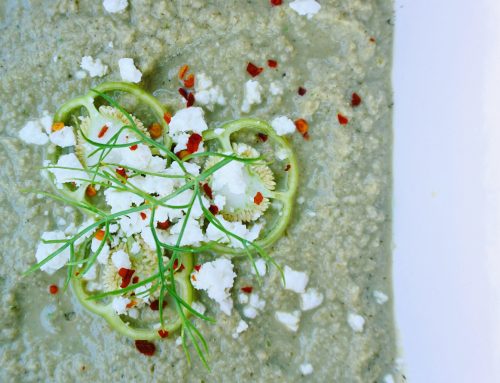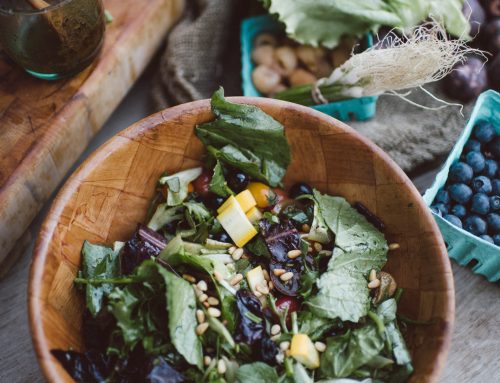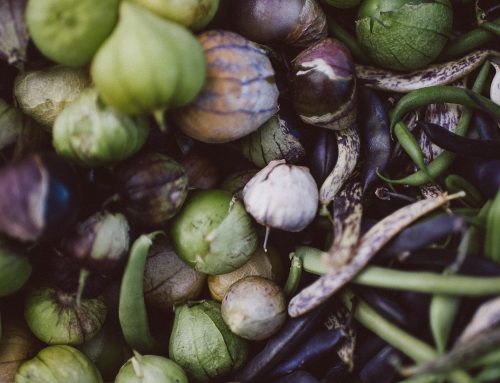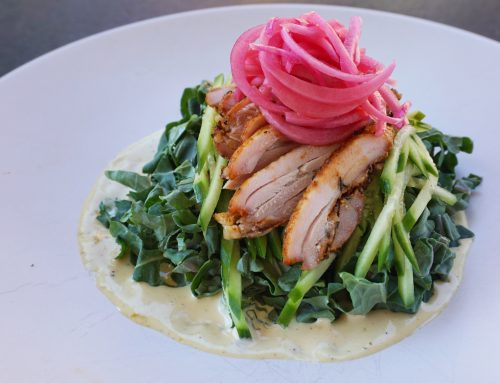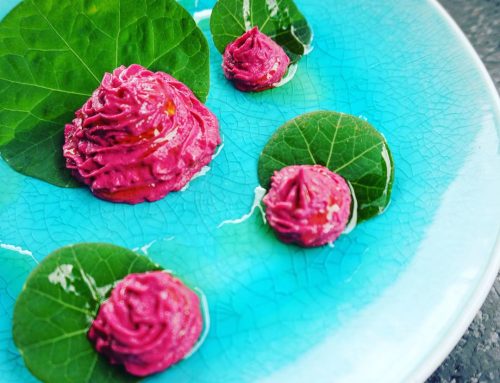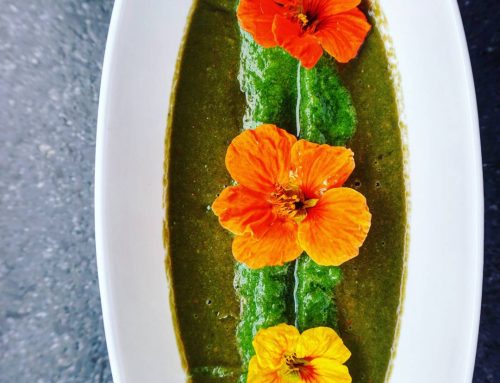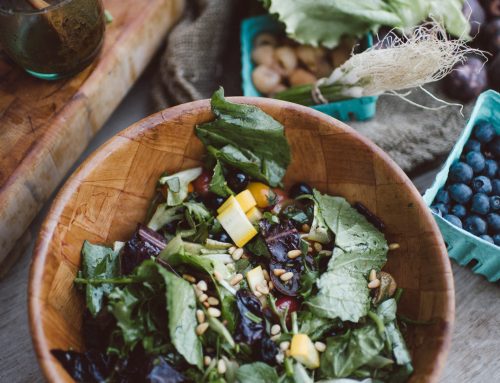What kind of squash is it?

What do all these squash have in common? They are all spaghetti squash, we think. This is a great year if you like spaghetti squash: we had a banner year! But, there is something about this year’s spaghetti squash though … they don’t necessarily look like the spaghetti squash you are used to. We do have some squash that fits the classic spaghetti squash mold, those light green-ish yellow more long ones, but then we have a bunch that look like a lot of other types of winter squash – pumpkins, jesters and carnivals, acorns. This is probably a saved seed, hybridization situation, but no matter. We lucked out, the squash all tastes good and acts mostly like a spaghetti squash.
**Side Note: Did you know that in order to prevent winter squash varieties from cross pollinating, they need to be planted 1/2 to 1 full mile apart? This doesn’t affect the current year’s crop, but if you want to save seeds, you are almost guaranteed a hybridized winter squash next year without that spacing. This is probably what happened to us.**
But spaghetti squash that looks like other squash does present a bit of a quandary: how does one know, exactly, what will happen once the squash is cooked? Well, you don’t and that is part of the joy of it. High adventure cooking! The good news is that cooking spaghetti squash and any other winter squash is about the same at the start. After the squash is cooked, what you are truly dealing with becomes apparent. We took the challenge here at Rainshadow Organics 4 times and so far have hit spaghetti squash each time.
Here is the best way to cook a squash when you are unsure if it is a spaghetti squash or not.
Roasted Halved Winter Squash
Ingredients
1 squash, halved lengthwise and seeded
olive oil or lard
salt and black pepper
Directions
- Heat the oven to 450F. Brush the cut side of each squash half with olive oil, then season with salt and pepper. Place squash, cut-sides down, on a parchment-lined baking sheet and roast until the squash is tender when poked with a fork, 35 to 40 minutes.
- Flip the squash and then, like a choose your own adventure book, either 1.) use a fork to scrape the squash into spaghetti strands OR 2.) realize it doesn’t have spaghetti like strands and pivot your meal.
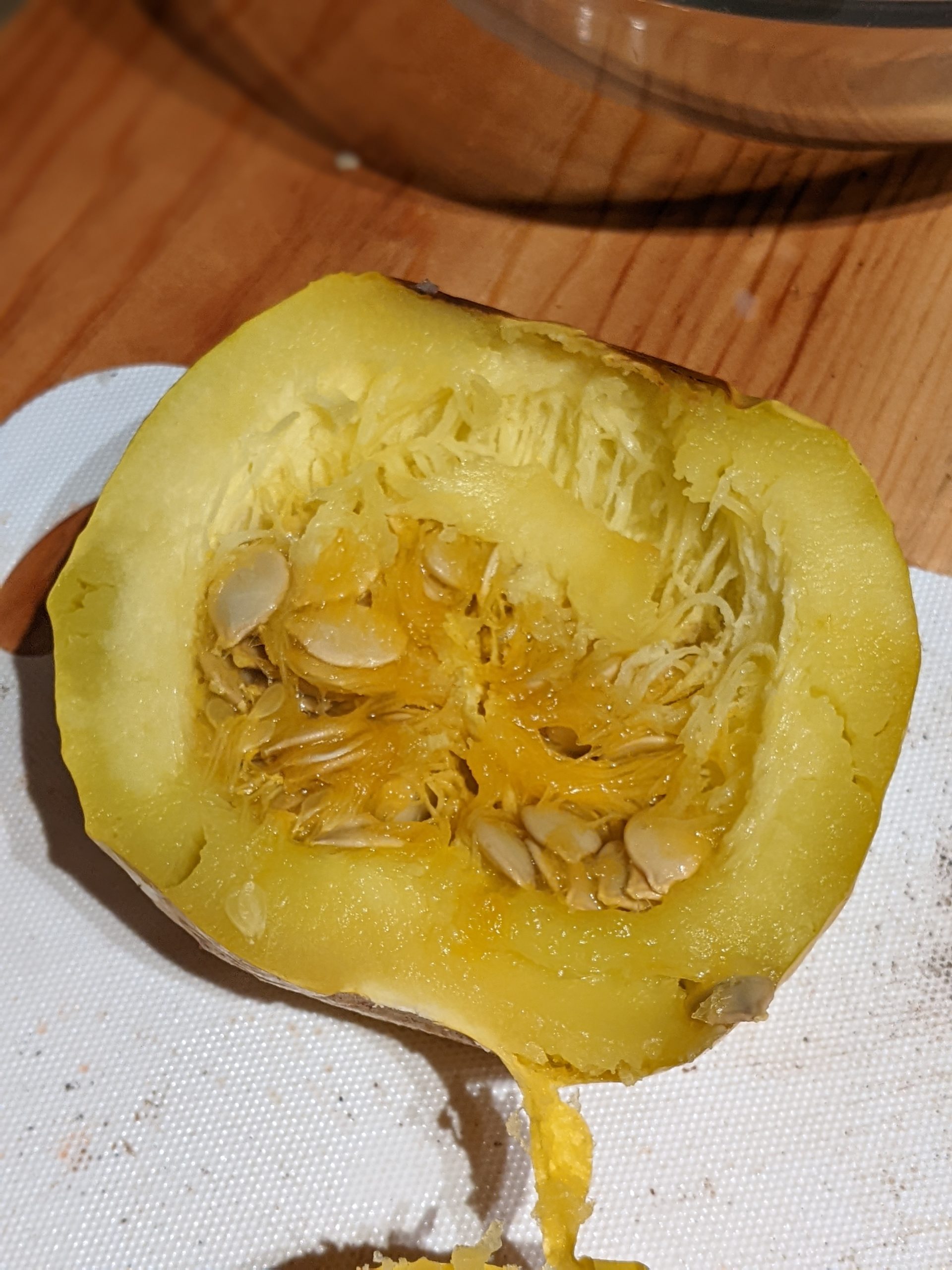
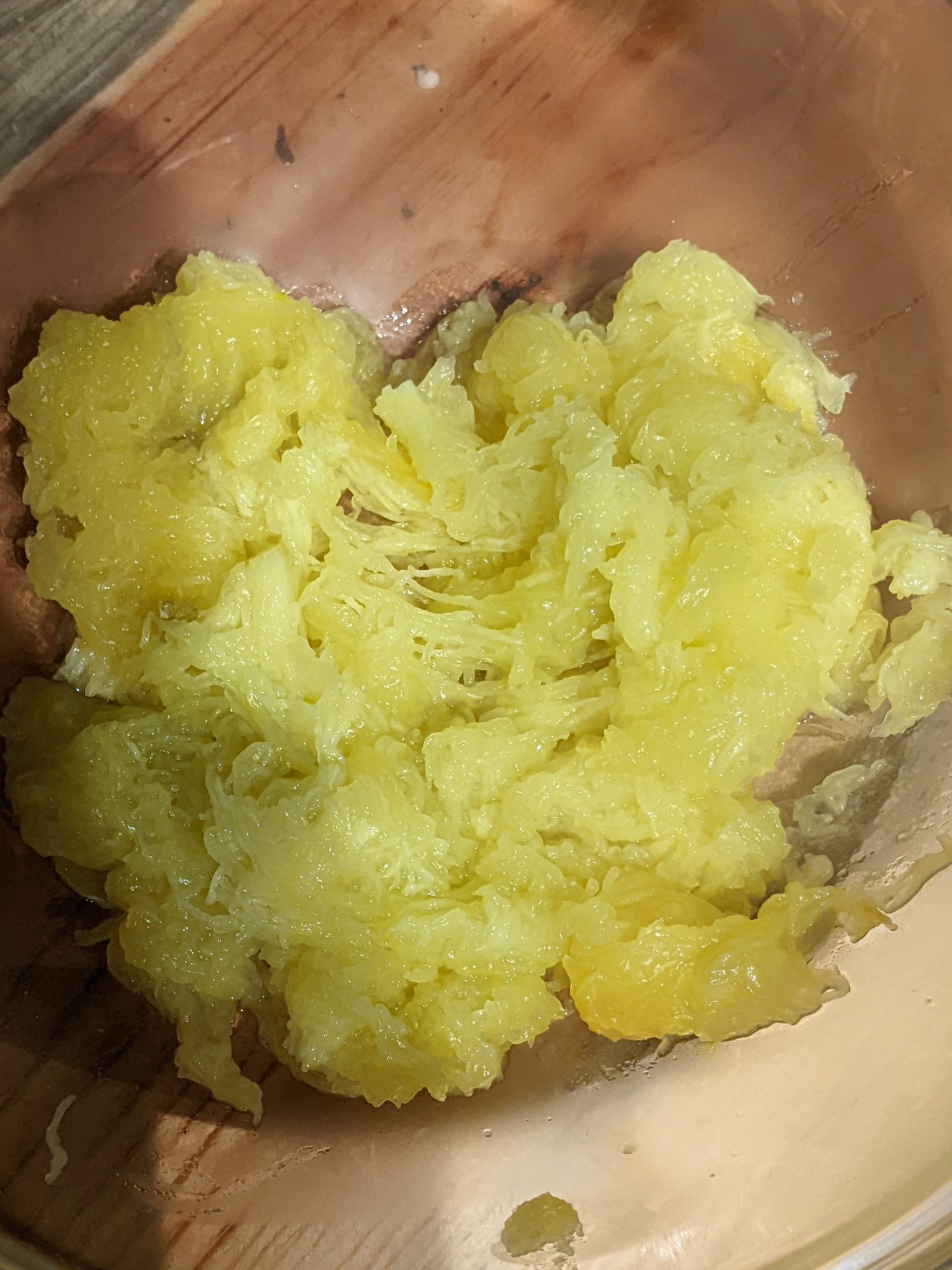
Last week, when I found myself with a freshly baked spaghetti squash, I decided to use mine kind of like noodles and make a sautéed onion, pepper, and pesto dish to go along with a pan-seared sirloin tip steak. Very seasonal, relatively fast, and delicious.
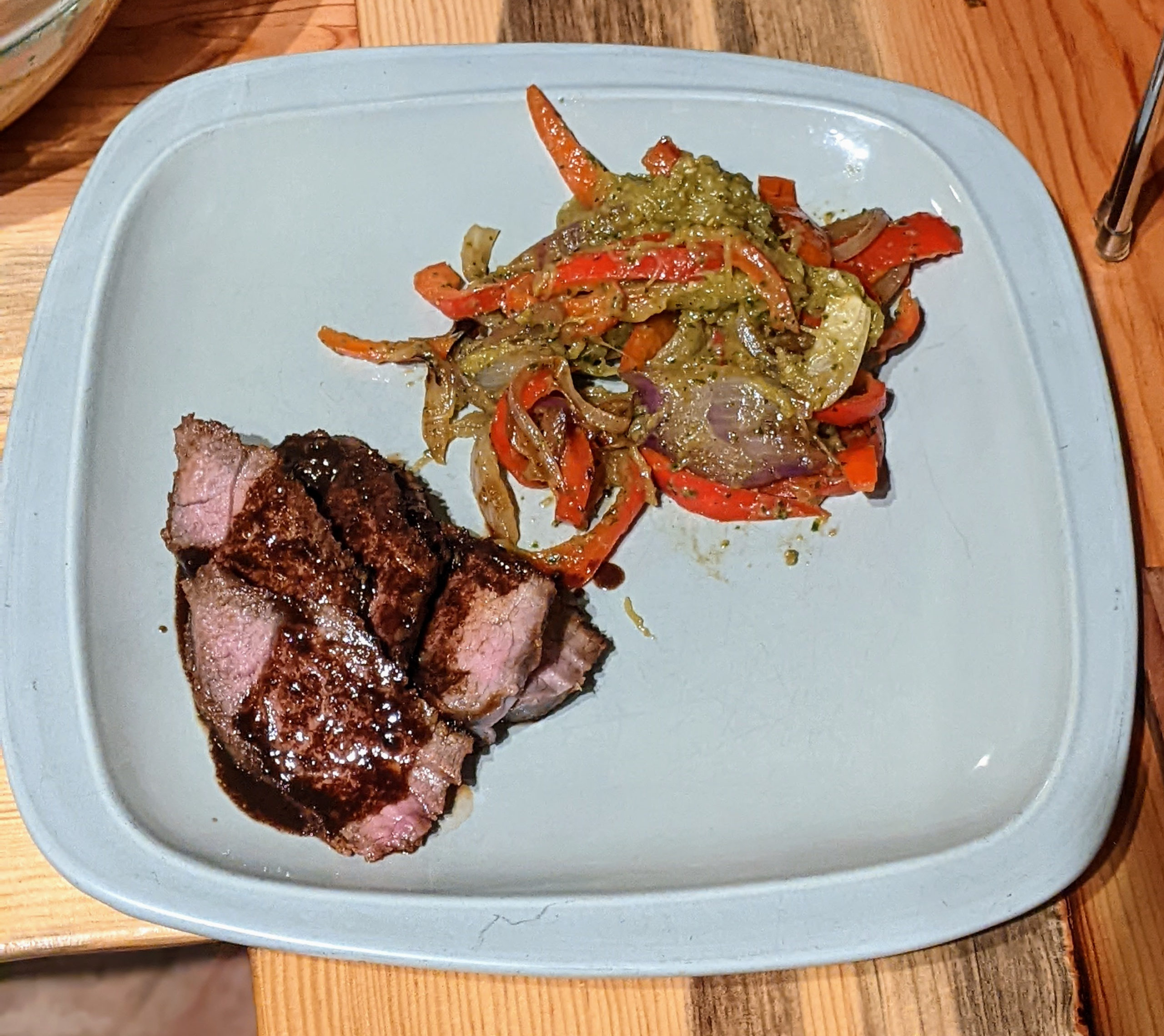
Spaghetti Squash Pesto with Onions & Peppers
Ingredients
Spaghetti Squash
Olive Oil or Lard
Salt & Pepper
Onion, thinly sliced
Sweet Peppers, de-seeded and thinly sliced
Garlic salt
Pesto from your Freezer
Directions
- Cook squash using instructions above.
- Heat up pan over medium-low and add lard. Add onions and sauté until softening but not browned. Add peppers and sauté all together with a bit of garlic salt until peppers are soft and onions are sweet and tender.
- Add spaghetti squash strands, onions and peppers, and pesto to a bowl and toss until the pesto is evenly distributed. Season to taste with more salt and pepper/garlic salt if needed.
Sirloin Tip Steak with Balsamic Vinegar Marinade
Ingredients
1/3 cup olive oil
1/3 cup Balsamic vinegar
1 tsp salt
1 tsp black pepper
2 garlic cloves thinly sliced
4 sprigs fresh rosemary
Sirloin Tip steaks
Directions
- Mix all ingredients together in a shallow baking dish or ziplock bag. Add steaks and marinade for 12-24 hours to help tenderize the steaks. Flip at least once in the marinade.
- Pull steaks out of fridge about 30 minutes before you want to cook them to let them come to room temp.
- Heat cast iron pan over medium heat and add lard, butter, or other oil to cook the steaks in. When hot, add steaks and sear for a few minutes. Flip once steaks have started to caramelize. Repeat on second side. Keep searing and flipping so you don’t overcook the steaks or char the sides too much until your steaks are medium rare, 140F.
- Meanwhile, add marinade to a small pot and simmer while you cook the steaks. This will reduce the marinade so you have a nice steak drizzle at the end.
- When steaks are done, remove from heat and let sit for 5 minutes or so. Slice thinly on the diagonal and drizzle with the reduced marinade.
So what do you do when you have finished cooking and you got the squash that isn’t a spaghetti squash? Turn it into your favorite baked squash meal: Stuff it with rice and melt cheese all over it; mash it up with maple syrup and nuts; make a pumpkin pie. (If you were planning on doing the above recipe, slice up some potatoes into rounds and boil until soft. That is a perfect replacement for spaghetti squash in this recipe.)
Whatever you do, honor the pivot! Dinner will still be delicious.
Alison


